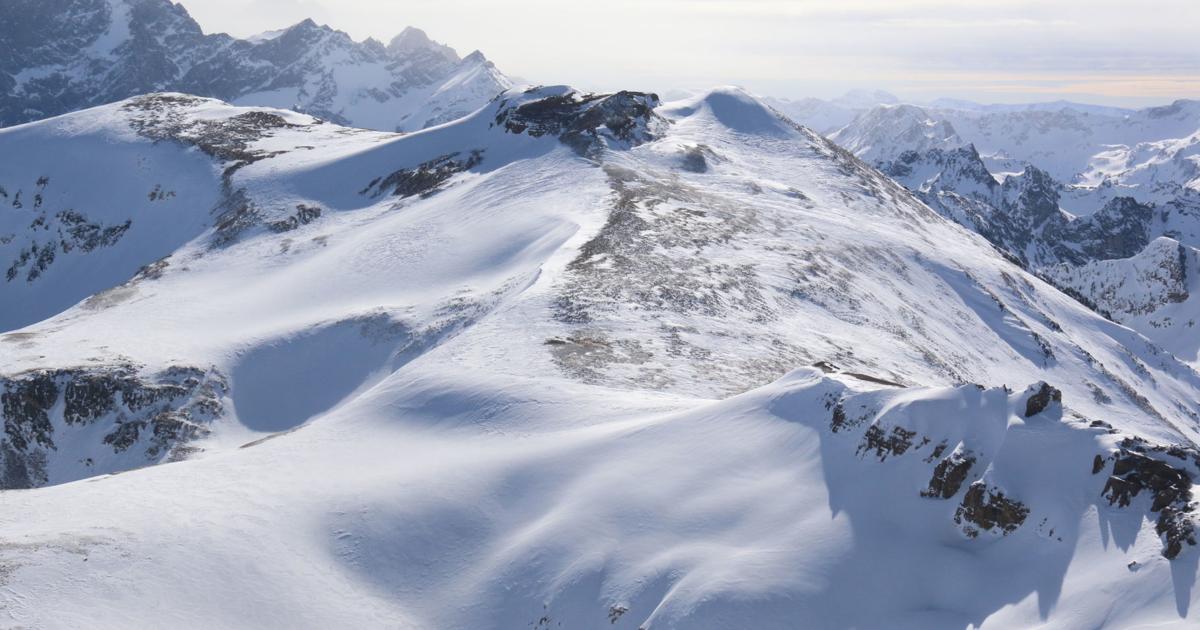JM77
Well-known member
In the end what we will have is a struggling bighorn herd on the Tetons that has not to this point contracted anything from the goats that migrated there. There is a good chance one day the sheep won't be there at all. The Whiskey Mountain herd near Dubois is slowly dying off and no mountain goats even exist there.
Not enough evidence here to convince me sheep and goats would bump noses and the sheep will die. What a shame...
Not enough evidence here to convince me sheep and goats would bump noses and the sheep will die. What a shame...








